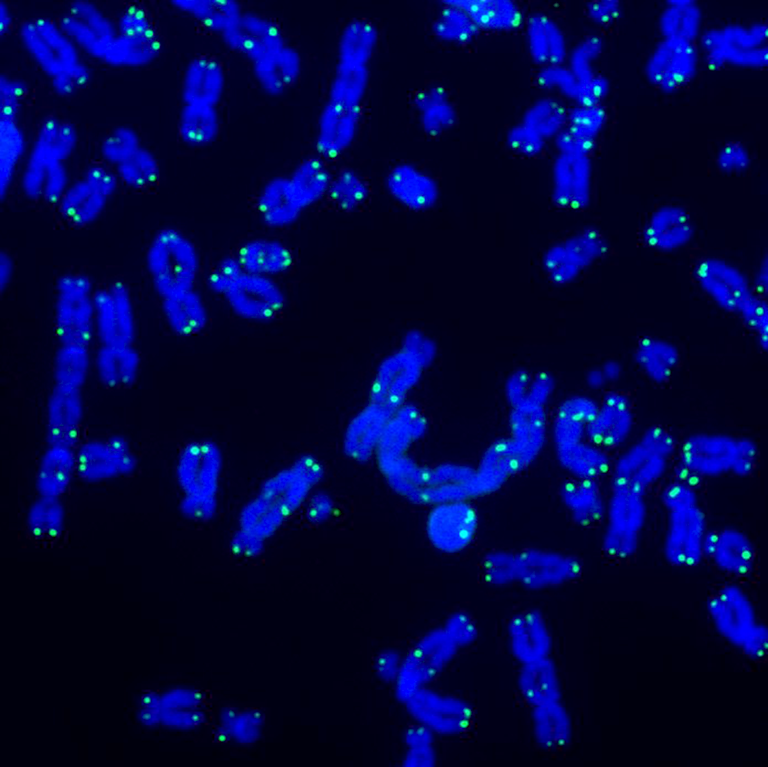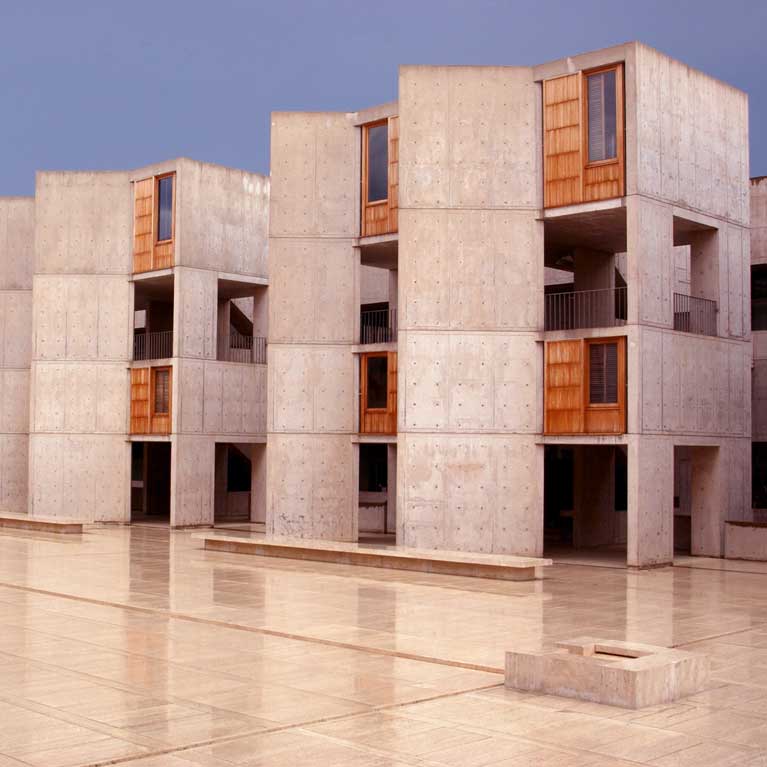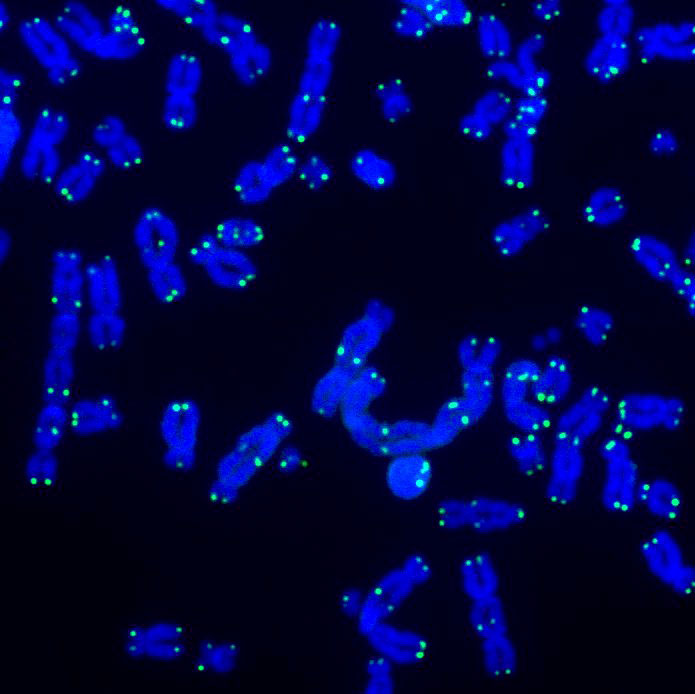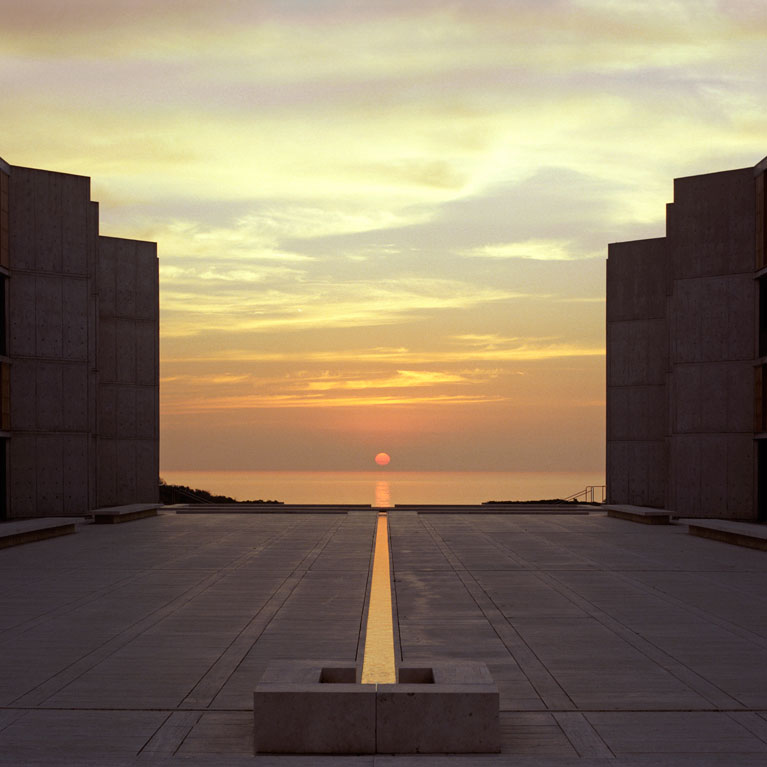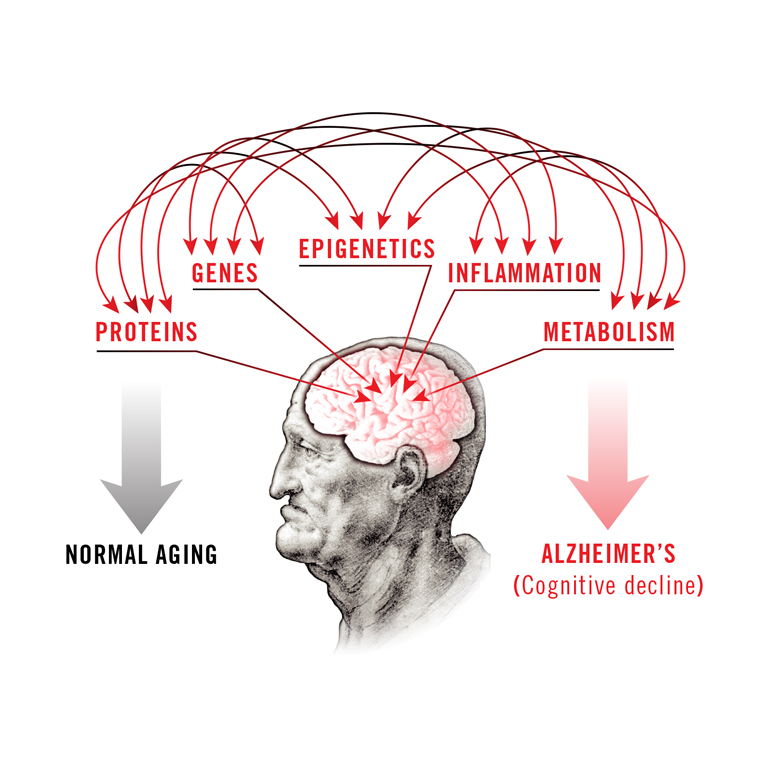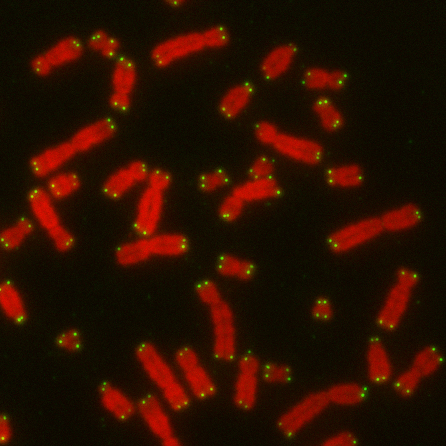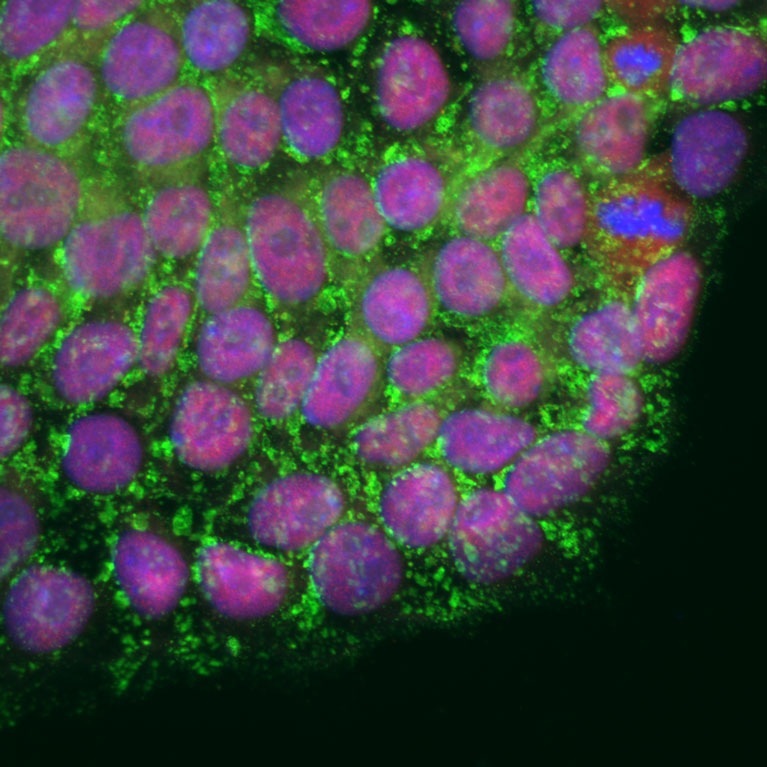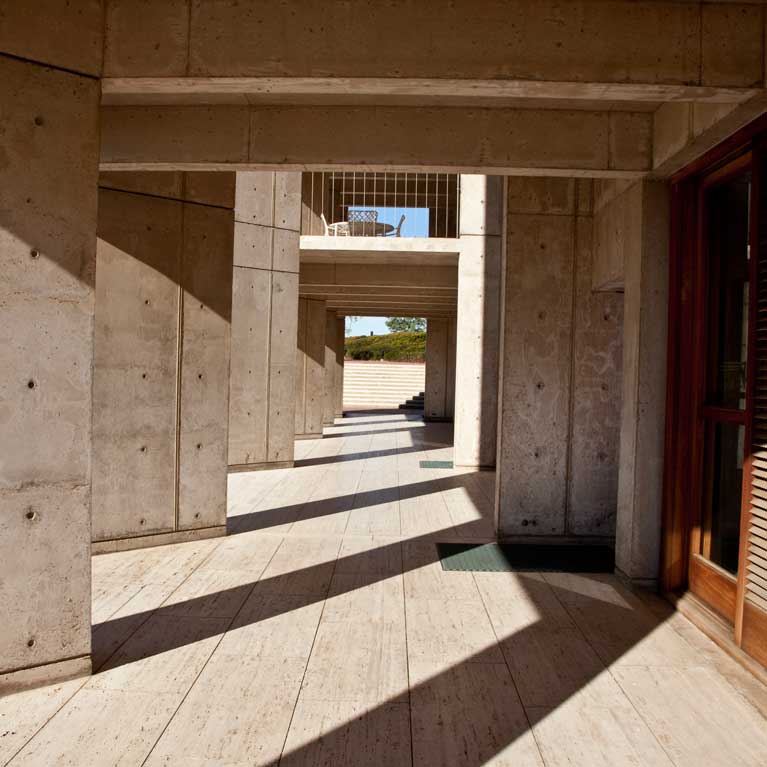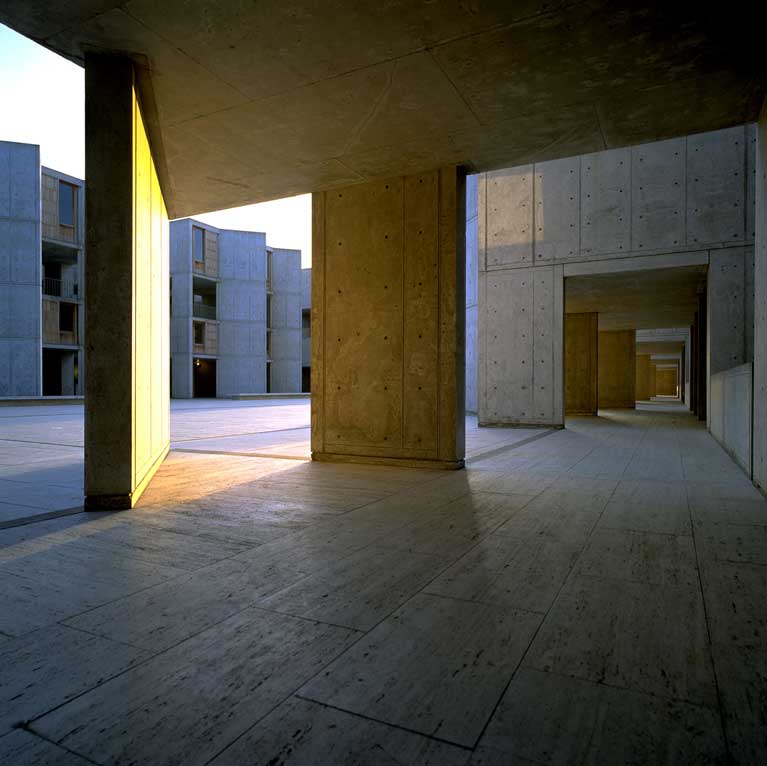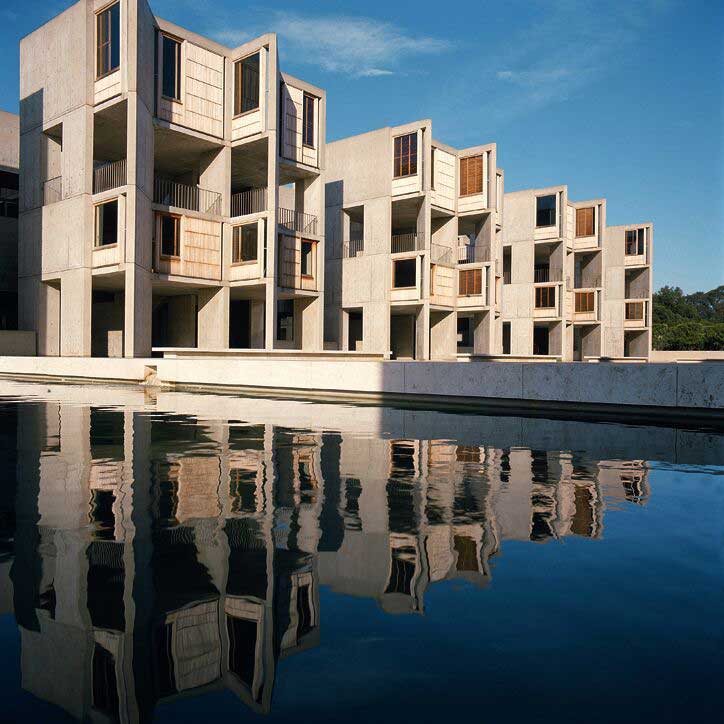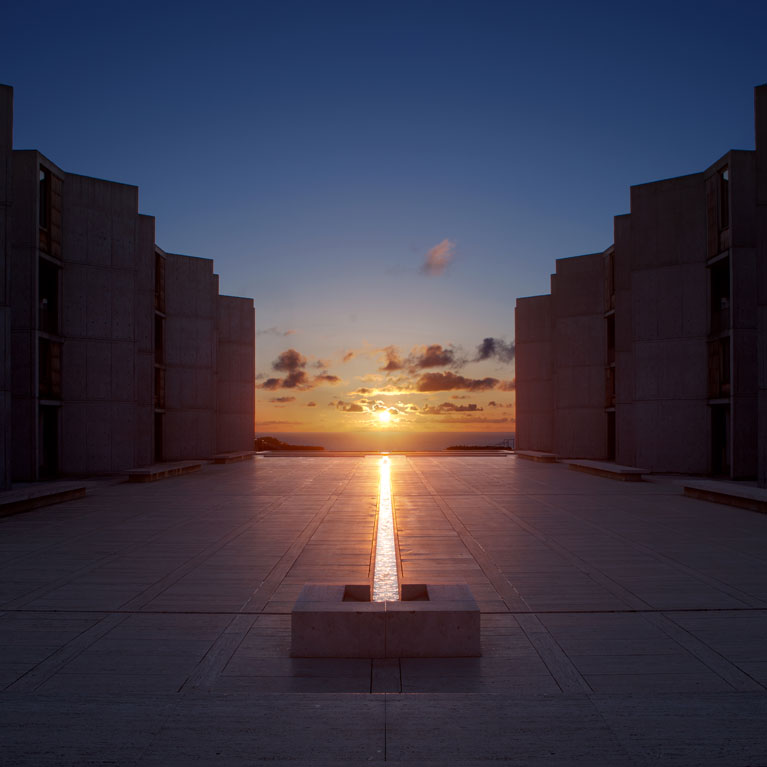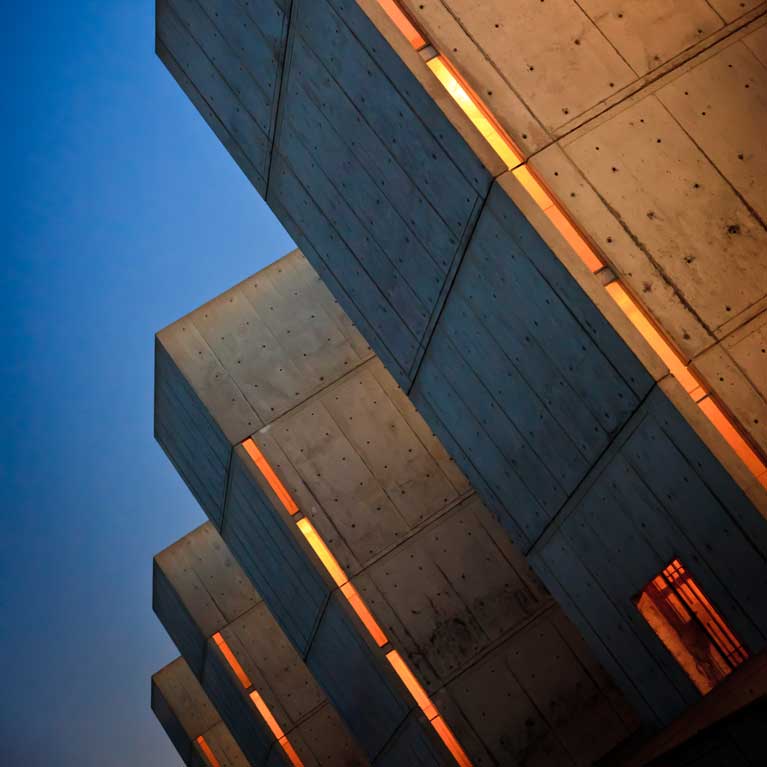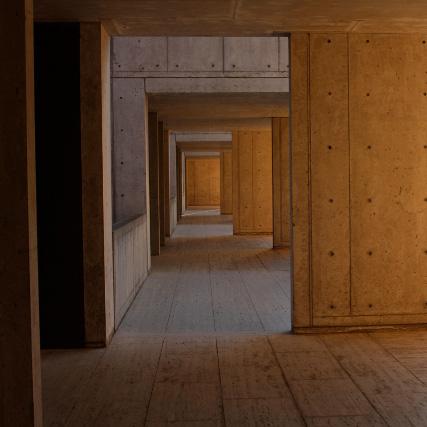Press
Unveiling Telo-seq: A breakthrough in telomere research on aging and cancer
LA JOLLA—Within each of our cells, long strands of DNA are folded into chromosomes and capped with protective structures called telomeres. But telomeres shorten as we age, eventually getting so whittled down that our chromosomes become exposed, and our cells die. However, the specifics of when and how this shortening occurs and whether certain chromosomes are more affected than others have been unclear—until now.
Salk Institute names Jan Karlseder as Chief Science Officer
LA JOLLA—The Salk Institute has named Jan Karlseder as its new senior vice president and chief science officer (CSO). Karlseder, a professor in Salk’s Molecular and Cell Biology Laboratory, director of the Paul F. Glenn Center for Biology of Aging Research, and Donald and Darlene Shiley Chair for Research on Aging, will assume the role on February 1, 2024.
Telomeres, mitochondria, and inflammation oh my! Three hallmarks of aging work together to prevent cancer
LA JOLLA—As we age, the end caps of our chromosomes, called telomeres, gradually shorten. Now, Salk scientists have discovered that when telomeres become very short, they communicate with mitochondria, the cell’s powerhouses. This communication triggers a complex set of signaling pathways and initiates an inflammatory response that destroys cells that could otherwise become cancerous.
In surprising reversal, scientists find a cellular process that stops cancer before it starts
LA JOLLA—Just as plastic tips protect the ends of shoelaces and keep them from fraying when we tie them, molecular tips called telomeres protect the ends of chromosomes and keep them from fusing when cells continually divide and duplicate their DNA. But while losing the plastic tips may lead to messy laces, telomere loss may lead to cancer.
Salk awarded $19.2 million by the American Heart Association-Allen Initiative to study Alzheimer’s and aging in the brain
LA JOLLA—A team of Salk Institute researchers led by President Rusty Gage has been awarded $19.2 million over eight years by the American Heart Association-Allen Initiative in Brain Health and Cognitive Impairment to investigate mechanisms underlying Alzheimer’s disease and aging-related cognitive decline and uncover new therapies. This bold venture will comprehensively analyze interactions between five areas key to brain health: proteins, genes, metabolism, inflammation and epigenetics.
The right way to repair DNA
LA JOLLA—Is it better to do a task quickly and make mistakes, or to do it slowly but perfectly? When it comes to deciding how to fix breaks in DNA, cells face the same choice between two major repair pathways. The decision matters, because the wrong choice could cause even more DNA damage and lead to cancer.
The Goldilocks effect in aging research
LA JOLLA—Ever since researchers connected the shortening of telomeres—the protective structures on the ends of chromosomes—to aging and disease, the race has been on to understand the factors that govern telomere length. Now, scientists at the Salk Institute have found that a balance of elongation and trimming in stem cells results in telomeres that are, as Goldilocks would say, not too short and not too long, but just right.
Targeting telomeres, the timekeepers of cells, could improve chemotherapy
LA JOLLA–Telomeres, specialized ends of our chromosomes that dictate how long cells can continue to duplicate themselves, have long been studied for their links to the aging process and cancer. Now, a discovery at the Salk Institute shows that telomeres may be more central than previously thought to a self-destruct program in cells that prevents tumors, a function that could potentially be exploited to improve cancer therapies.
Salk’s Glenn Center for Aging Research receives an additional $3 million gift from the Glenn Foundation for Medical Research
LA JOLLA—The Salk Institute has received a $3 million gift from the Glenn Foundation for Medical Research to allow the Institute to continue conducting research to understand the biology of normal human aging and age-related diseases.
Salk scientists identify factors that trigger ALT-ernative cancer cell growth
LA JOLLA, CA—Highly diverse cancers share one trait: the capacity for endless cell division. Unregulated growth is due in large part to the fact that tumor cells can rebuild protective ends of their chromosomes, which are made of repeated DNA sequences and proteins. Normally, cell division halts once these structures, called telomeres, wear down. But cancer cells keep on going by deploying one of two strategies to reconstruct telomeres.
Critical pathway in cell cycle may lead to cancer development
LA JOLLA,CA—A team of scientists at the Salk Institute for Biological Studies has identified why disruption of a vital pathway in cell cycle control leads to the proliferation of cancer cells. Their findings on telomeres, the stretches of DNA at the ends of chromosomes that protect our genetic code and make it possible for cells to divide, suggest a potential target for preventive measures against cancer, aging and other diseases. The findings were published July 11, 2013 in Molecular Cell.
Chromosome “anchors” organize DNA during cell division
LA JOLLA, CA—For humans to grow and to replace and heal damaged tissues, the body’s cells must continually reproduce, a process known as “cell division,” by which one cell becomes two, two become four, and so on. A key question of biomedical research is how chromosomes, which are duplicated during cell division so that each daughter cell receives an exact copy of a person’s genome, are arranged during this process.
Salk professors awarded chair appointments
LA JOLLA, CA—The Salk Institute is pleased to announce that professors E.J. Chichilnisky, Jan Karlseder, and Kuo-Fen Lee have each been selected as the recipient of an endowed chair to honor their consistent scientific excellence and support their biological research.
Salk scientists open new window into how cancers override cellular growth controls
LA JOLLA, CA—Rapidly dividing cancer cells are skilled at patching up damage that would stop normal cells in their tracks, including wear and tear of telomeres, the protective caps at the end of each chromosome.
Sending out an SOS: How telomeres incriminate cells that can’t divide
LA JOLLA, CA—The well-being of living cells requires specialized squads of proteins that maintain order. Degraders chew up worn-out proteins, recyclers wrap up damaged organelles, and-most importantly-DNA repair crews restitch anything that resembles a broken chromosome. If repair is impossible, the crew foreman calls in executioners to annihilate a cell. As unsavory as this last bunch sounds, failure to summon them is one aspect of what makes a cancer cell a cancer cell.
A new ending to an old “tail”
LA JOLLA, CA—In stark contrast to normal cells, which only divide a finite number of times before they enter into a permanent state of growth arrest or simply die, cancer cells never cease to proliferate. Now, scientists at the Salk Institute for Biological Studies have uncovered an important clue to one of the mechanisms underlying cancer cell immortality.
Salk Institute promotes latest generation of extraordinary scientists
LA JOLLA, CA—After undergoing an extensive review process by Salk senior faculty, Non-Resident Fellows, and scientific leaders in their respective fields, Leanne Jones and Satchidananda Panda have been promoted to Associate Professor, and E.J. Chichilnisky, Andrew Dillin, Martin Hetzer, and Jan Karlseder to full Professor, the Salk Institute for Biological Studies announced today.
Ticking of a cellular clock promotes seismic changes in the chromatin landscape associated with aging
LA JOLLA, CA—Like cats, human cells have a finite number of lives-once they divide a certain number of times (thankfully, more than nine) they change shape, slow their pace, and eventually stop dividing, a phenomenon called “cellular senescence”.
How worms protect their chromosomes: Thereby hangs a surprising tail
La Jolla, CA – A team of scientists at the Salk Institute for Biological Studies has discovered that the roundworm C. elegans constructs the protective tips of its chromosomes – known as telomeres – with a little more panache than do mammals, a finding that could deepen our understanding of the interrelationship of aging and cancer.
FISH-ing for links between cancer and aging
La Jolla, CA – Wielding a palette of chromosome paints, scientists at the Salk Institute for Biological Studies have taken a step closer to understanding the relationship between aging and cancer by visualizing chromosomes of cells from patients with a heritable premature aging disease known as Werner Syndrome.
DNA repair teams’ motto: ‘To protect and serve’
La Jolla, CA – When you dial 911 you expect rescuers to pull up at your front door, unload and get busy – not park the truck down the street and eat donuts.
Normal chromosome ends elicit a limited DNA damage response
La Jolla, CA – Researchers at the Salk Institute for Biological Studies discovered that cells co-opted the machinery that usually repairs broken strands of DNA to protect the integrity of chromosomes. This finding solves for the first time an important question that has long puzzled scientists.
Tiny roundworm’s telomeres help scientists to tease apart different types of aging
La Jolla, CA – The continual and inevitable shortening of telomeres, the protective “caps” at the end of all 46 human chromosomes, has been linked to aging and physical decline. Once they are gone, so are we. But there are more ways than one to grow old.
Salk Scientists Provide Insight into Aging
La Jolla, CA – Scientists at the Salk Institute have provided a startling insight into how cells age that might lead to new approaches for treating cancer and even aging itself.
